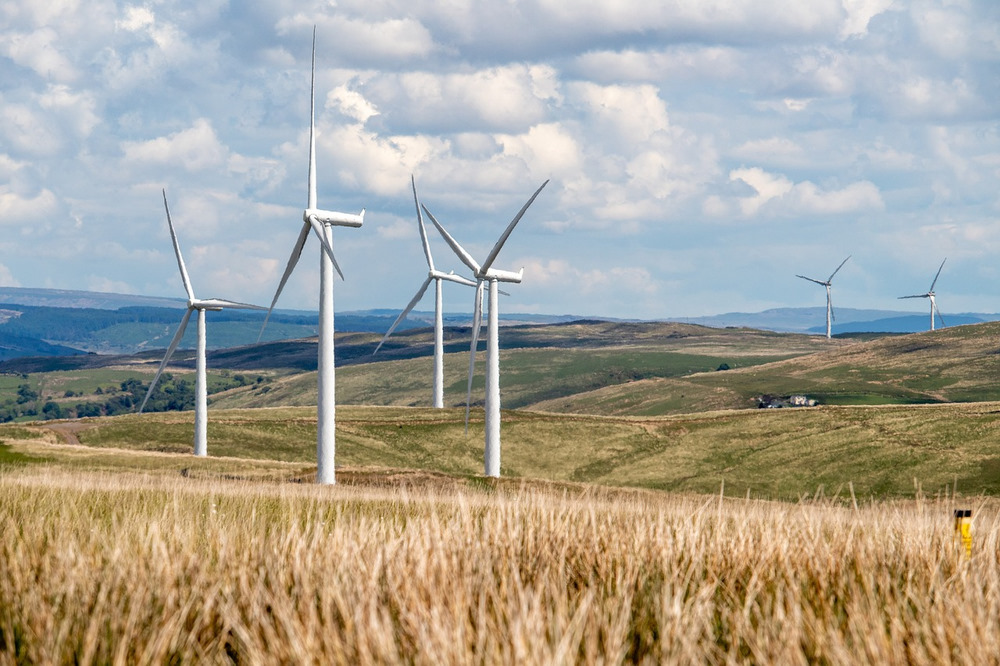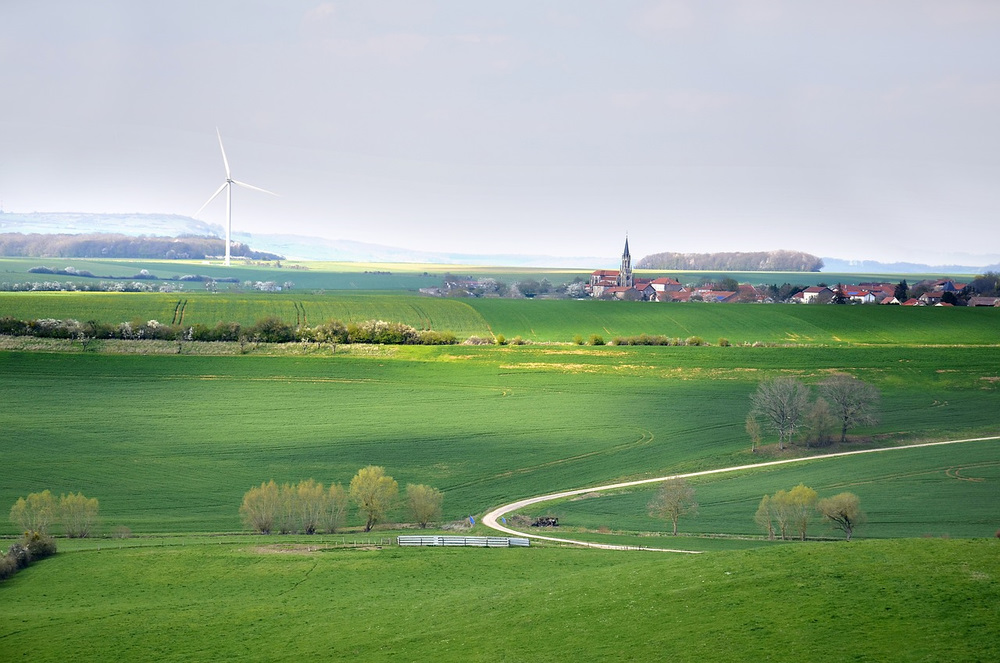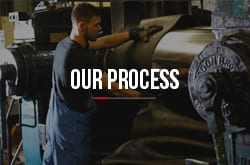How to Reduce Noise and Vibrations from Wind Farms
In the modern age, with our ever-increasing environmental awareness, it’s no wonder that different types of renewable energy and power generation are thriving. In the UK, one of the most popular forms of renewable energy is wind farms, both on- and off-shore, but the vibrations and noise from wind farms can be prohibitive in their building.
Due to their prominence, wind power and other renewable power generation are keen areas of interest to GMT, and our ranges of anti-vibration products are ideal for minimising wind farm noise pollution.
Tackling Wind Energy Noise and Vibrations
Vibrations and the Efficacy of Wind Turbines
The naturally-occurring vibrations the turbines generate over time can worsen their performance and lifespan, reducing output and wasting valuable time and resources. This is because unregulated vibrations result in excessive material wear, which in turn cause part failure, reduced life span and lowered quality of power generated.
To target and solve both the noise from wind farms and the reduced life of the equipment, the answer is simply to reduce or absorb vibrations. This minimises damage to the turbines and lowers noise output whilst maintaining efficiency and the amount of power generated. Lowering vibrations enables turbines to work at an optimum pace without causing further disruption.

Components for Reducing Wind Farm Noise Pollution
At GMT, we’ve designed and developed anti-vibration mounts that are perfectly equipped for reducing vibrations and noise from wind farms and the renewable energy industry at large. These products lessen vibrations and ensure wind turbine noise reduction without compromising efficiency, performance or service life.
- Gearboxes
Suspension bushes can be used to provide rotational support against the large forces that the turbine blades exert on the gearbox.
- Generators
Triflex mounts and machine feet (pictured above) provide isolation against the rotational vibrations created when the generator is driven by the gearbox. This minimises the transmission of these forces into the nacelle and surrounding structure, thereby decreasing structure-borne noise and increasing the lifespan of drive-train components.
The suitable parts will vary quite considerably depending on the design, size and location of the equipment; our expert team can advise on the best materials and styles for your application.
A Brief History of Wind Energy
- 2007: the European Union pledged to meet a 20% target of all EU energy to stem from renewable sources.
- 2009: the British government launched a plan to build up to 6,000 on-shore wind turbines by 2019, which has since been exceeded.
- 2011: a substantial 12.2% of all UK electricity was generated by wind – an increase of almost 10% from 2009.
- 2013: the largest wind farm at the time, the London Array, came into existence. Although it is no longer the largest wind farm, it remains significant and generates enough clean electricity to power around 500,000 British homes.
- 2014: The number of wind turbines installed in the UK shot up again by 12%, with the German company Siemens choosing to invest over £200 million in UK renewable off-shore wind energy.
- 2018: Scottish Power becomes the first energy company in the UK to switch to 100% renewable energy, with most of it provided by wind farms.
British wind power capacity then continued to increase over the following years, with the overall percentage of the nation’s electricity powered by wind growing from 1.5% in 2007 to 17% in 2017. This growth also shows no signs of stopping, with Scotland’s onshore wind capacity to more than double by 2030, producing 20 Gigawatts of electricity.
However, this progress certainly isn’t contained to just the UK. Today and moving forwards, the worldwide renewable wind energy industry is still notably rising, primarily due to heightened demand for sustainable energy and substantial technological advancements, which have made reliable and effective wind energy more attainable.
What’s more, this progress is apparent across different sectors, both business and governmental. In the US, by the end of 2017, 117 major companies had pledged to source 100% of their power from renewable resources, whilst 170 mayors had also fully committed to ‘going green’, vowing to use 100% renewable energy in their city/town.

Effect of Vibrations and Noise from Wind Farms
Despite the rising popularity of wind power and the substantial development of the renewable energy industry in recent years, wind turbines are not faultless and do present some major issues. The two most notable concerns are the levels of noise from wind farms and the frequent wear and tear of components, both of which stem from vibrations.
Do Wind Farms Cause Health Problems?
One of the biggest problems facing wind energy is the resistance to on-shore wind farms due to noise pollution for local residents.
Noise from wind farms has been shown to affect nearby individuals with something known as ‘wind turbine syndrome’, where residents living close to on-shore wind farms report health problems including headaches, nausea and struggling with concentration and memory.
Modern wind turbines are, in fact, very quiet, particularly if the correct anti-vibration equipment is employed to ensure that they run smoothly.
At GMT, we are leaders in the field of vibration isolation and rubber-to-metal bonding across several industries in which these components are key, from railways to renewable power generation. Please see our site for a full list of the anti-vibration mounts we stock, as well as for further information on the different types of anti-vibration mounts and their uses, including how these can serve your renewable energy needs.
If you require any further information on wind turbine noise reduction, or assistance with purchasing anti-vibration equipment, please don’t hesitate to contact us today.










